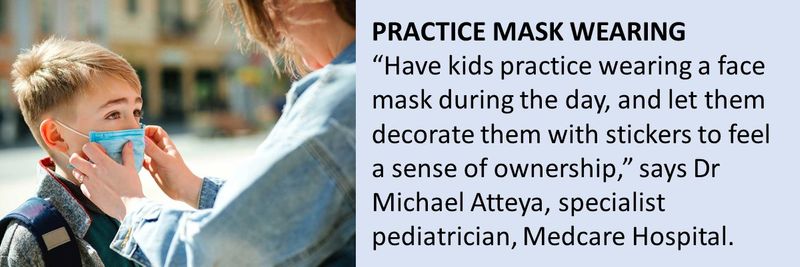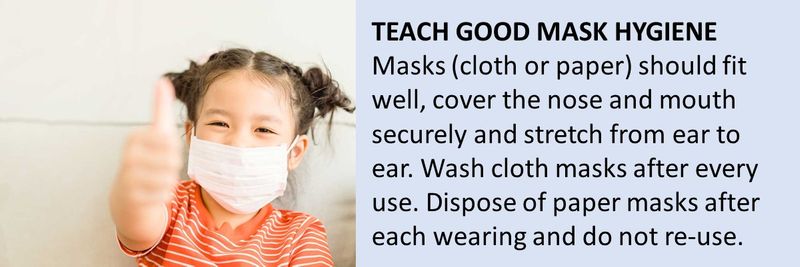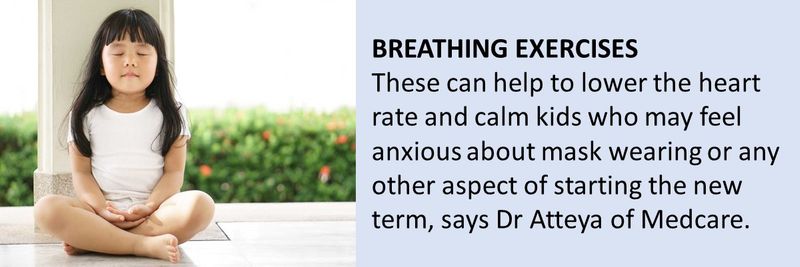1 of 18
2 of 18
3 of 18

4 of 18

5 of 18

6 of 18
7 of 18

8 of 18
9 of 18
10 of 18
11 of 18
12 of 18
13 of 18

14 of 18
15 of 18
16 of 18
17 of 18
18 of 18








